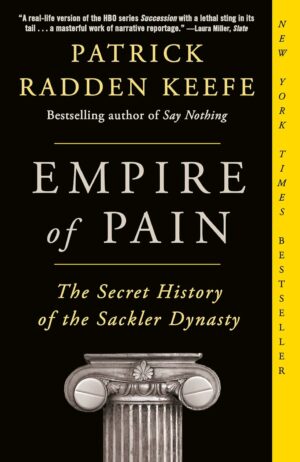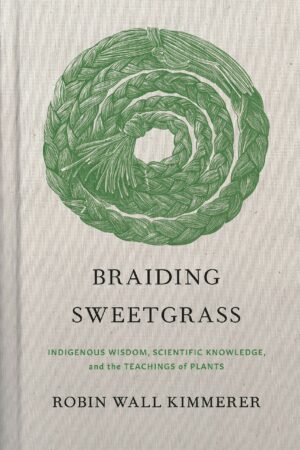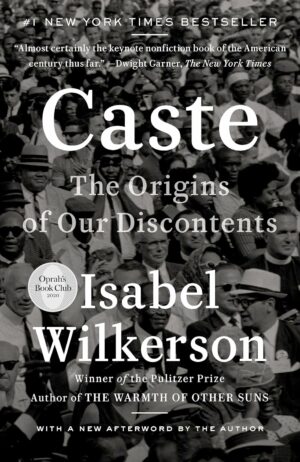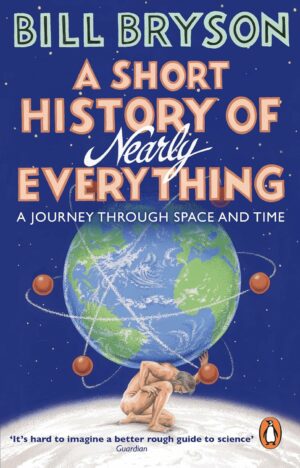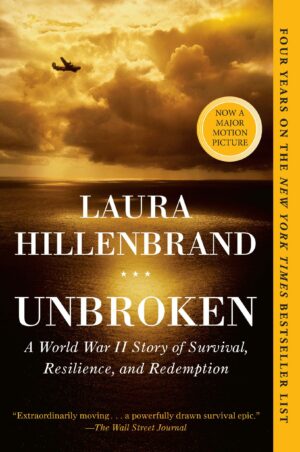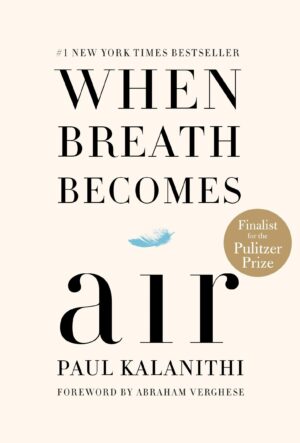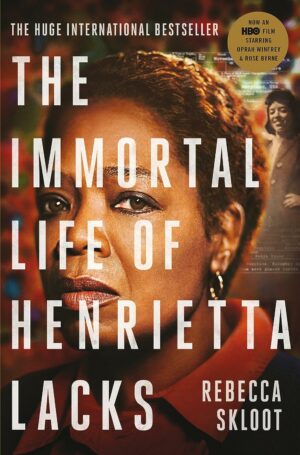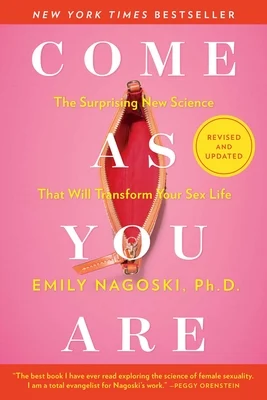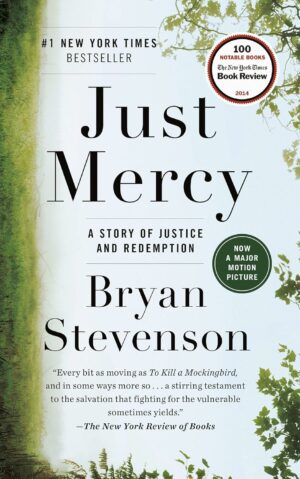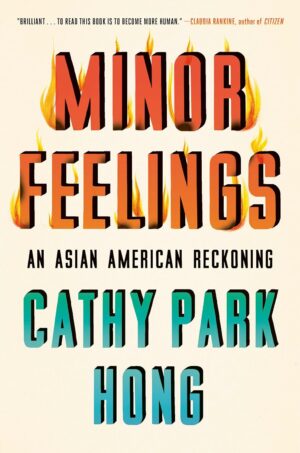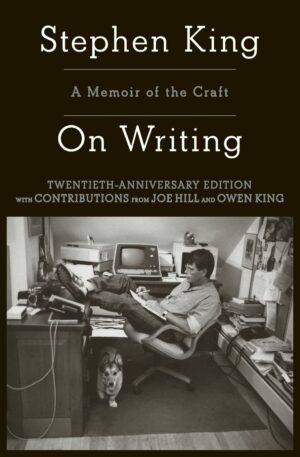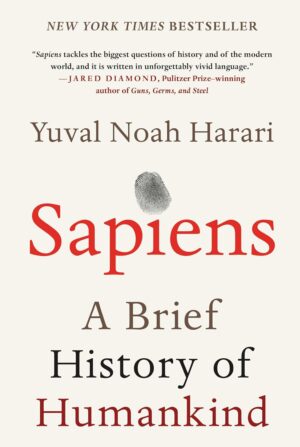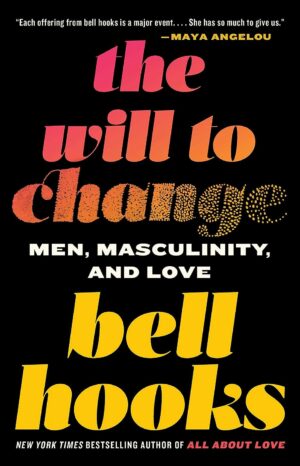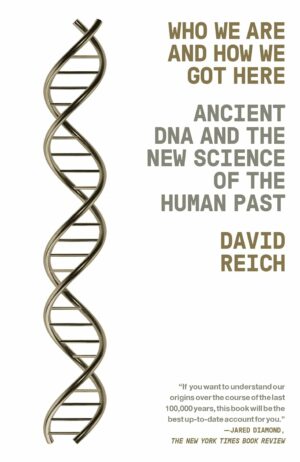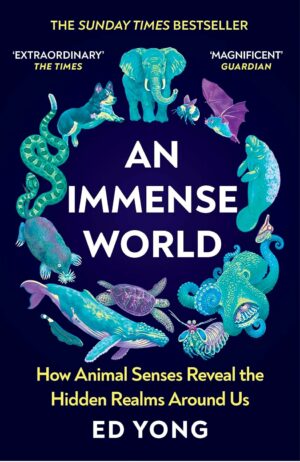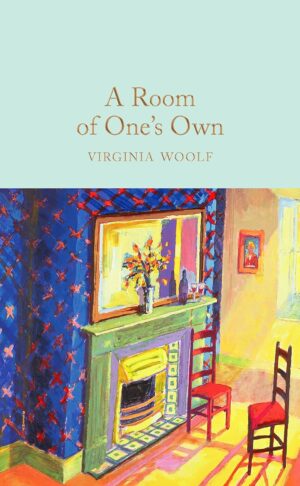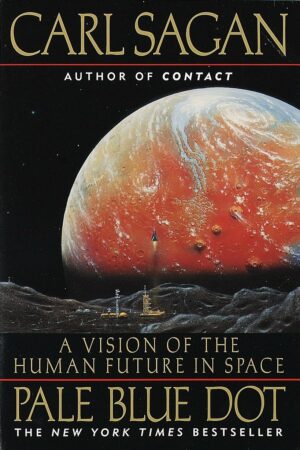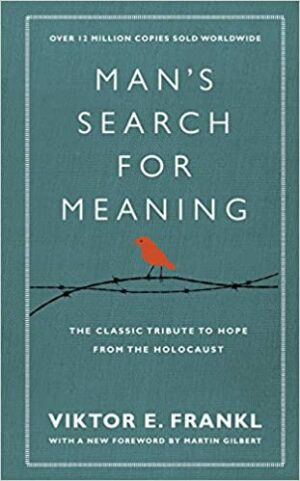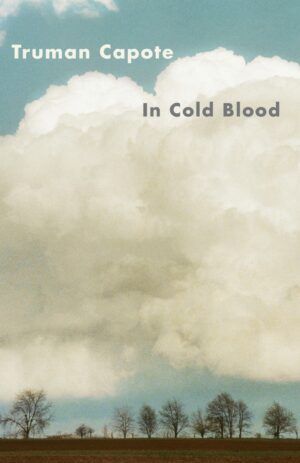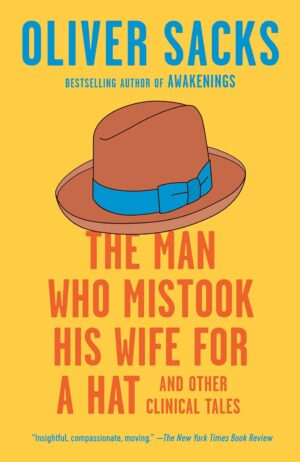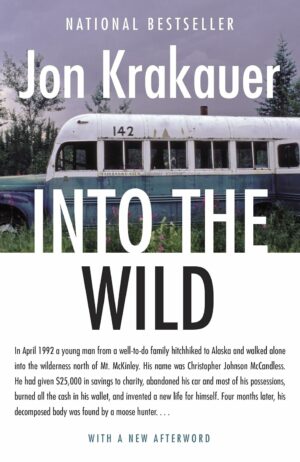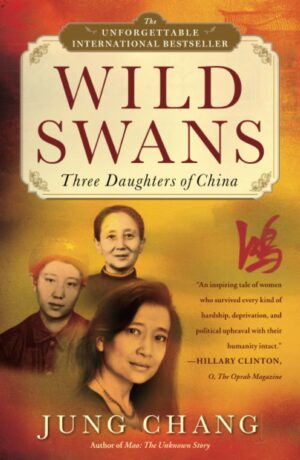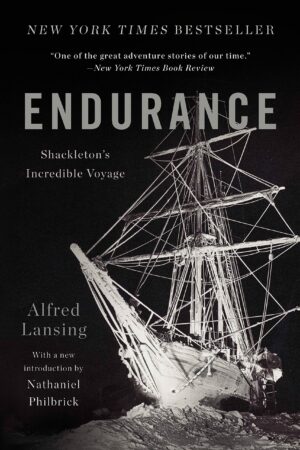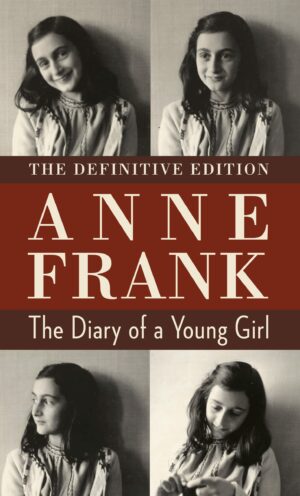26 best non-fiction books of all time to add to your reading list
I only share books I know and love. If you buy through my links, I may earn a commission (learn more).
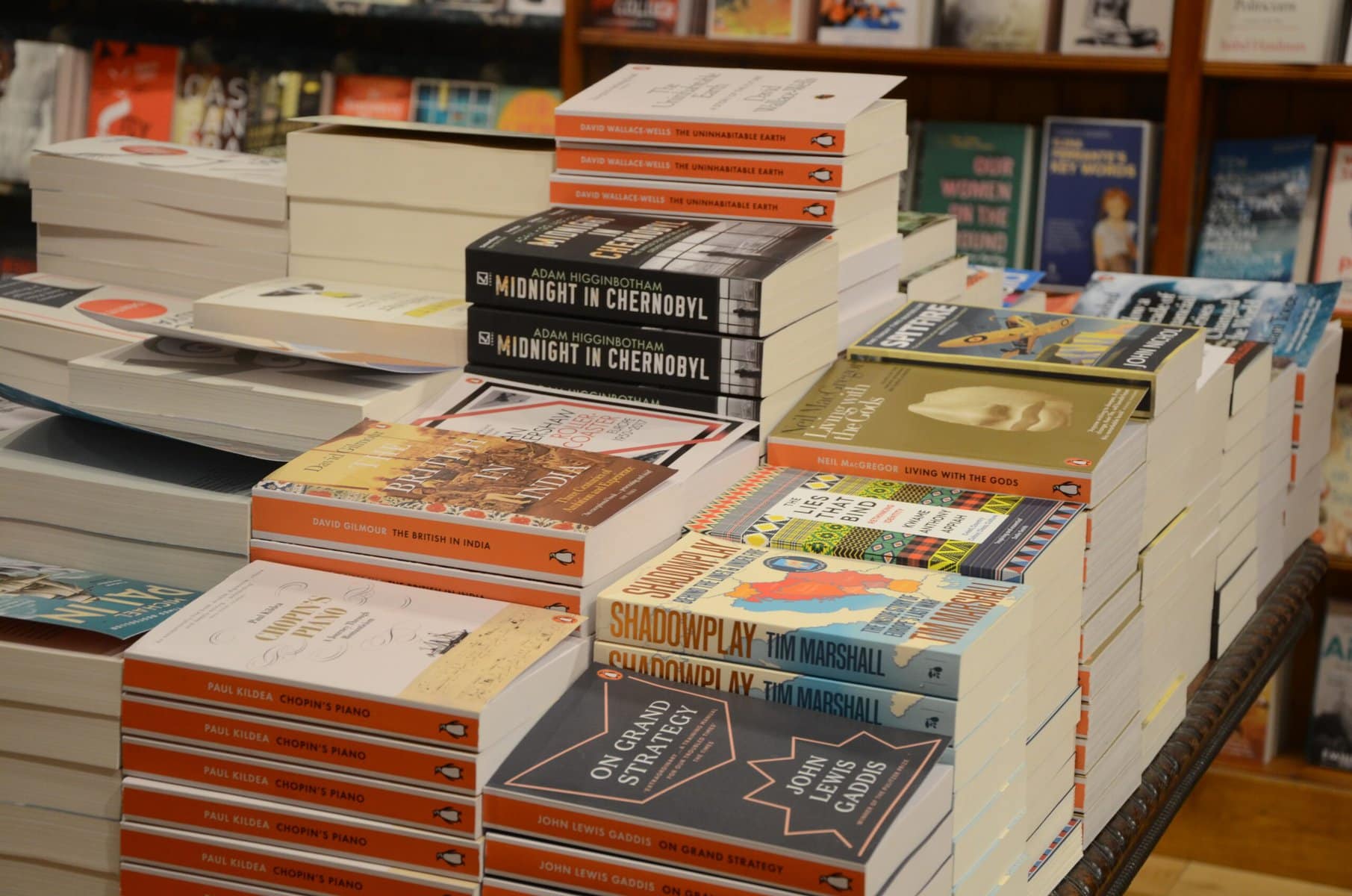
I read fiction to explore new worlds, experience new adventures, and relate to others. But you know what? Non-fiction can offer all of those things, too.
Not only can good non-fiction be just as gripping as a blockbuster movie, but it can also be one of the best ways to travel the world and learn more about its history, present, future, and inhabitants.
In this collection, I’ve combined the best non-fiction classics with modern bestsellers to give you the most comprehensive non-fiction reading list possible.
Read on for the best non-fiction books ever written to enjoy in your lifetime, whether you prefer memoirs, science, history, adventure, or any of the many topics covered below. I hope you love these books as much as I have.
The best non-fiction books of all time that everyone should read
Midnight in Chernobyl: The Untold Story of the World’s Greatest Nuclear Disaster by Adam Higginbotham
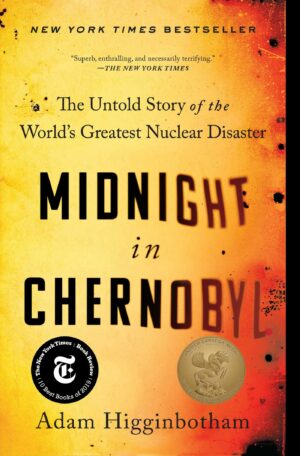
Read Midnight in Chernobyl for… the mesmerizing non-fiction story of what really caused and followed one of the twentieth century’s greatest disasters, dispelling decades of secrecy.
Sharing the perspective of the men and women who witnessed the events of Chernobyl firsthand – and with a vast amount of research – this can’t-put-down reconstruction reads “almost like the script for a movie” (The Wall Street Journal).
Empire of Pain: The Secret History of the Sackler Dynasty by Patrick Radden Keefe
Read Empire of Pain for… a gripping real-life version of HBO’s Succession with a devastating pharmaceutical legacy, penned by one of the best non-fiction writers of our time.
Following three generations of the Sackler family and their roles in the opioid crisis, this 2021 bestseller is a jaw-dropping, uncomfortable, and captivating look at the reality behind one of the richest families in the world. It’s also the inspiration for the Netflix series Painkiller.
Braiding Sweetgrass by Robin Wall Kimmerer
Read Braiding Sweetgrass for… a true love letter to the land that combines indigenous wisdom, science’s findings on the mysteries of nature, and the teachings of plants.
A masterful celebration of the lessons to be found in nature if we only stop to listen, Braiding Sweetgrass is a gorgeous reminder of the beauty of life and balm for frayed nerves. The gorgeous hardcover by Milkweed Editions has lived on my bedside table for years.
Caste: The Origins of Our Discontents by Isabel Wilkerson
Read Caste for… a powerful portrait of our world’s inequalities, their origins, and an urgent call for freer and fairer societies.
In this eye-opening must-read from 2020, Pulitzer Prize-winning author Isabel Wilkerson reveals how the rigid and arbitrary hierarchies of caste still affect our modern world.
While some groups are awarded power by this unspoken system of divisions, others lack it, resulting in tremendous repercussions across every area of life, from health to politics to culture.
A Short History of Nearly Everything by Bill Bryson
Read A Short History of Nearly Everything for… Bill Bryson’s bestselling whistle-stop tour of the scientific history of Earth, starting with the Big Bang and exploring how we got to the present day.
Topics like geology, chemistry, and particle physics usually aren’t the most accessible topics… unless they’re described by Bill Bryson.
Written with his trademark witty and engaging yet informed voice, A Short History of Nearly Everything is the must-read eye-opening account of how we got from being nothing at all to the humans we are today.
Unbroken: A World War II Story of Survival, Resilience, and Redemption by Laura Hillenbrand
Read Unbroken for… one of the best biographies of all time and a moving testament to the resilience of the human mind, body, and spirit.
In boyhood, Louis Zamperini was a delinquent. As a teenager, he discovered a talent for running that carried him to the Berlin Olympics. When World War II began, the athlete became an airman, leading him to a fateful day in 1943 when his plane crashed into the Pacific.
Surviving against the odds, this cinematic page-turner shares the unimaginable story of Zamperini’s endurance and ability to answer desperation with ingenuity and suffering with hope.
When Breath Becomes Air by Paul Kalanithi
Read When Breath Becomes Air for… an incredibly moving memoir about the beauty and fragility of life that will stick with you long after reading.
A memoir that’s become one of the best non-fiction books of all time, this is Paul Kalanithi’s story of how, at the age of thirty-six and on the verge of completing a decade’s worth of training as a neurosurgeon, he was diagnosed with stage IV lung cancer.
One day Paul was a doctor treating the dying, and the next he was a patient coming to terms with the time he had left. This one-of-a-kind memoir is one of the best books to inspire big changes in your own life.
The Immortal Life of Henrietta Lacks by Rebecca Skloot
Read The Immortal Life of Henrietta Lacks for… one of the best biographies of all time, sharing the powerful legacy of a woman who would never know her trailblazing impact on science and medicine.
To scientists, she’s known as HeLa. As the donor of the first “immortal” human cells grown in culture that are still alive today, her cells transformed medicine.
However, despite playing a vital role in developing the polio vaccine and other world-changing advances in medicine, the real woman behind HeLa – Henrietta Lacks – was buried in an unmarked grave.
Henrietta never knew her impact, and until this book was published, her legacy was that of a poor Southern tobacco farmer. Rebecca Skloot’s biography is essential reading – and one of the best non-fiction books ever written.
Killers of the Flower Moon by David Grann
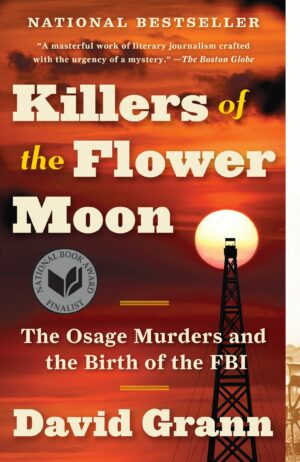
Read Killers of the Flower Moon for… a haunting true-life mystery about one of the most chilling conspiracies in American history.
After oil was discovered beneath their land in the 1920s, members of the Osage Nation in Oklahoma became the richest people per capita in the world. Then, one by one, they began to perish in mysterious circumstances – as did those who dared to investigate.
As the toll rose, the newly created FBI took up the case and the young director, J. Edgar Hoover, turned to a former Texas Ranger named Tom White to try to unravel the mystery.
Come as You Are by Dr Emily Nagoski
Read Come as You Are for… the most accessible and confidence-boosting exploration of female pleasure you can read today.
Any woman – and just as importantly, anyone in a relationship with a woman – should read this book. With groundbreaking science and research into previously uncharted territory, Emily Nagoski has created a book that’s so full of a-ha moments, it might just change your romantic relationships.
Just Mercy: A Story of Justice and Redemption by Bryan Stevenson
Read Just Mercy for… an incredible true story of the power of mercy from one of the most inspiring lawyers of our time.
This five-star non-fiction read is the unforgettable story of Bryan Stevenson, who as a young man founded the Equal Justice Initiative, a non-profit law office dedicated to defending the poor, incarcerated, and wrongly condemned.
Continuing the thread of To Kill a Mockingbird, this powerful read shares just how much work our society still has to do – but also how mercy has the power to redeem us.
Minor Feelings: An Asian American Reckoning by Cathy Park Hong
Read Minor Feelings for… a captivating blend of memoir, cultural criticism, and history that exposes the truth of racial consciousness in America.
What happens when you believe the lies you’re told about your own racial identity? Interwoven with her story of growing up in an environment of shame and melancholy as the daughter of Korean immigrants, this non-fiction must-read is Cathy Park Hong’s theory of “minor feelings”, offering a crucial portrait of life as an Asian American.
On Writing: A Memoir of the Craft by Stephen King
Read On Writing for… part memoir, part writing masterclass. It’s essential reading for anyone who wants to hone their writing craft.
This book is exceptionally crafted (no surprise considering the author). As well as being beautifully written, On Writing offers a deeply personal look at the experiences that shaped King as a writer and the inextricable link between writing and living that spurred his recovery from a near-fatal accident in 1999.
Sapiens: A Brief History of Humankind by Yuval Noah Harari
Read Sapiens for… a groundbreaking narrative of humanity’s creation and evolution, as shaped by the mysterious forces of biology and history that have made us “human”.
One hundred thousand years ago, at least six different species of humans inhabited our world. Now, there’s just one – homo sapiens. What happened to the others? And what may happen to us?
A renowned historian as well as a masterful writer, Yuval Noah Harari is one of the most talented non-fiction writers of our time. Follow this modern non-fiction classic with Harari’s equally successful sequel, Homo Deus: A Brief History of Tomorrow.
The Will to Change: Men, Masculinity, and Love by bell hooks
Read The Will to Change for… essential reading on masculinity and love that might just change how you live.
Love is part of being human. Or, at least, it should be. As bell hooks explores in this non-fiction must-read, patriarchal culture stands in the way of men knowing themselves, being in touch with their feelings, and loving.
The Will to Change is a vivid exploration of the deeply ingrained views on masculinity, but it’s also a guide to expressing the emotions that are a fundamental part of who we are – and for men to lay claim to the rich inner lives that have historically been exclusive to women.
Who We Are and How We Got Here: Ancient DNA and the New Science of the Human Past by David Reich
Read Who We Are and How We Got Here for… a scientific tour de force about ancient DNA and the innovations that are transforming our view of the past.
To understand the past, scientists can now venture far beyond the limits of archeology. How? The rapidly evolving power of genomics. With all this progress, we now know that the history of our species is written into our genome.
In this mind-opening non-fiction read, David Reich describes how the Genomic Revolution is not only transforming our understanding of who we are as humans, but also who we were.
An Immense World: How Animal Senses Reveal the Hidden Realms Around Us by Ed Yong
Read An Immense World for… a kaleidoscopic tour through the hidden realms of animal senses, revealing a world that will transform the way you perceive your own.
Every creature in our universe inhabits its own unique sensory bubble, perceiving just a fragment of the world’s sights and textures, sounds and vibrations, smells and tastes, electric and magnetic fields. We know our own senses – but what about those of others?
This exceptional non-fiction read from 2022 is a celebration of the natural world’s vibrant glory, from beetles that are drawn to fires to turtles that track the Earth’s magnetic fields. If you want to open your mind to the beauty of nature, read this.
A Room of One’s Own by Virginia Woolf
Read A Room of One’s Own for… one of the greatest contributions to literature by an author best known for the genre-shaping legacy of her fiction.
“Lock up your libraries if you like; but there is no gate, no lock, no bolt that you can set upon the freedom of my mind.“
Based on a series of lectures delivered at Cambridge University in 1928, Virginia Woolf’s extended essay is a stunning exploration of freedom and creativity – and a pivotal argument for a literal and figural space for women writers in a patriarchal world.
Pale Blue Dot: A Vision of the Human Future in Space by Carl Sagan
Read Pale Blue Dot for… a non-fiction classic by Pulitzer Prize-winning author Carl Sagan that traces our exploration of space and examines what our future may hold.
When humans first entered space, our world changed forever. Scientific discovery has transformed our perception of who we are, where we stand, and what we can and should do with that knowledge. In this classic science read from 1994, Carl Sagan shares an unrivaled vision of human future in space.
Man’s Search for Meaning by Viktor E. Frankl
Read Man’s Search for Meaning for… the classic tribute to hope, purpose, and strength during impossible times.
This must-read non-fiction book is Viktor Frankl’s account of his time in a concentration camp, but also his exploration of logotherapy: his theory that the primary human drive is the discovery and pursuit of what we find meaningful. It’s such a transformative read – and one of the few non-fiction books I’d recommend everyone to read during their lifetime.
In Cold Blood by Truman Capote
Read In Cold Blood for… one of the first non-fiction novels ever written, and perhaps the most famous true crime novel of all time.
On November 15, 1959, in the small town of Holcomb, Kansas, four members of the Clutter family met a brutal end. There was no apparent motive for the crime, and there were almost no clues.
In this chilling non-fiction classic, Truman Capote reconstructs the bloodshed and the investigation that led to the capture, trial, and execution of the guilty, generating both mesmerizing suspense and unsurpassable empathy.
The Man Who Mistook His Wife for a Hat: And Other Clinical Tales by Oliver Sacks
Read The Man Who Mistook His Wife for a Hat for… a fascinating deep dive into neuroscience, told with Oliver Sacks’s trademark compassion and humanity.
The late neurosurgeon Oliver Sacks is one of the all-time greats of non-fiction. While his autobiography, On the Move, is a perfect example of the genre, his collection of essays on living well, Gratitude, is a perfect hardcover to gift loved ones.
The Man Who Mistook His Wife for a Hat, one of Sacks’s most fascinating books, recounts his stories of patients stuck in the bizarre world created by their own minds and controlled by seemingly inescapable neurological disorders. As with each of Oliver Sacks’s wonderful books, these are very real, three-dimensional, and deeply sympathetic stories about humans, not case studies.
Into the Wild by Jon Krakauer
Read Into the Wild for… the disturbingly relatable and memorably terrible story of leaving the comforts of modern life for the allure of the wild.
In April 1992, a fresh graduate from a well-off family gave his $25,000 of savings to charity, abandoned his car, and hitchhiked to Alaska. Walking into the wilderness north of Mt. McKinley, he invented a new life for himself.
As with the popular movie adaptation, Into the Wild is a book that will never quite leave you. For another of Jon Krakaur’s best books, you should absolutely read Into Thin Air next; an adventure classic shared in my collection of the most gripping non-fiction reads.
Wild Swans: Three Daughters of China by Jung Chang
Read Wild Swans for… the defining memoir of three generations in twentieth-century China, first published in 1991.
This classic ode to courage and resilience isn’t exactly easy reading, but it’s worth it. Toeing the line between despair and faith, Jung Chang blends a vital record of Mao’s impact with a unique window into the experience of being a woman in China.
Endurance: Shackleton’s Incredible Voyage by Alfred Lansing
Read Endurance for… one of the greatest adventure stories ever written, sharing the harrowing tale of explorer Ernest Shackleton’s 1914 attempt to reach the South Pole in a near-impossible journey.
Told with a captivating narrative by Alfred Lansing, this New York Times bestseller is a gripping account of the miraculous voyage that defined heroism for the modern age.
The Diary of a Young Girl by Anne Frank
Read The Diary of a Young Girl for… one of the most powerful memoirs of all time, and a testament to the indomitable human spirit against evil.
Chances are, you had to read this book in history class and know its tragic ending. But the required reading format does not do it justice.
What makes this book so heartbreaking is Anne’s unwavering belief in the goodness of people – despite the end of her story at the hands of them.
For more of the best non-fiction ever written, you might also like these collections…

